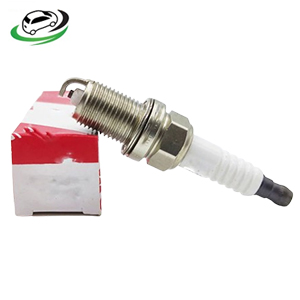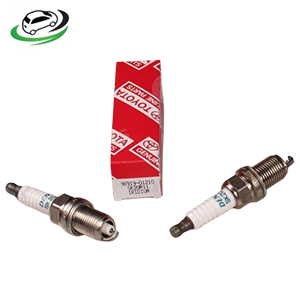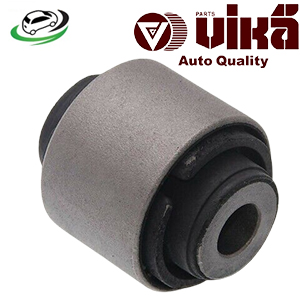-11%
Get Rear Axle Rod Arm Bush Honda CR-V Civic HAB-169
Rod arm bushes, also known as control arm bushings or suspension bushings, are crucial components in a vehicle’s suspension system. They serve as the pivot points connecting the control arms to the vehicle’s frame, allowing for smooth and controlled movement of the suspension. These bushings play a significant role in ensuring a comfortable ride, maintaining proper alignment, and enhancing overall vehicle stability.
Function of Rod Arm Bushes
Rod arm bushes are designed to absorb and dampen the vibrations and impacts from the road surface, preventing them from being transmitted directly to the vehicle’s chassis and, ultimately, to the passengers. Their primary functions include:
- Vibration Damping: They reduce the amount of road noise and vibrations that enter the cabin, providing a smoother and quieter ride.
- Suspension Flexibility: Allow for the necessary movement and flexibility of the suspension components while maintaining alignment and stability.
- Load Distribution: Distribute the loads and stresses encountered by the suspension system evenly, preventing excessive wear and tear on other components.
Types of Rod Arm Bushes
Several types of materials are used to manufacture rod arm bushes, each with unique properties suited for specific applications:
- Rubber Bushings: These are the most common type and are favored for their excellent vibration damping properties. They are suitable for general driving conditions but may wear out faster under extreme conditions.
- Polyurethane Bushings: Known for their durability and resistance to wear, polyurethane bushings provide better performance and longevity compared to rubber bushings. They are ideal for high-performance and off-road applications.
- Solid Bushings: Typically made from materials like bronze or aluminum, solid bushings offer precise handling and improved performance but do not provide as much vibration damping as rubber or polyurethane bushings. They are often used in racing applications.
Symptoms of Worn Rod Arm Bushes
Worn or damaged rod arm bushes can significantly impact vehicle performance and safety. Common symptoms include:
- Excessive Vibration and Noise: Increased road noise and vibrations in the cabin, particularly when driving over rough surfaces or bumps.
- Clunking or Squeaking Noises: Unusual noises coming from the suspension area, especially when turning or going over bumps, can indicate worn or damaged bushings.
- Poor Handling and Stability: Reduced vehicle stability, noticeable body roll, and wandering steering can result from compromised suspension components.
- Uneven Tire Wear: Worn bushings can cause misalignment, leading to uneven tire wear and reduced tire lifespan.
- Braking Instability: A feeling of instability or wobbling when braking can be caused by excessive play in the suspension due to worn bushings.
Maintenance and Replacement
Regular maintenance and timely replacement of rod arm bushes are essential for optimal suspension performance:
- Inspection: Periodically inspect the bushings for signs of wear, such as cracks, tears, or deformation. Pay attention to any changes in vehicle handling or unusual noises.
- Replacement Interval: Follow the manufacturer’s recommendations for the replacement interval, typically every 50,000 to 100,000 miles, depending on driving conditions and the type of bushings used.
- Replacement Process:
- Safety First: Ensure the vehicle is on a stable surface and use appropriate lifting equipment.
- Remove the Wheel: Take off the wheel to access the control arm and bushings.
- Remove the Control Arm: Unbolt the control arm from the vehicle frame and suspension components.
- Extract the Old Bushings: Use a bushing press or appropriate tools to remove the worn bushings from the control arm.
- Install New Bushings: Press the new bushings into the control arm, ensuring they are seated correctly.
- Reassemble: Reattach the control arm and wheel, ensuring all bolts are torqued to the manufacturer’s specifications.
- Alignment: After replacing the bushings, it is crucial to have the vehicle’s alignment checked and adjusted if necessary to ensure proper handling and tire wear.
Follow us on Facebook for more parts.



